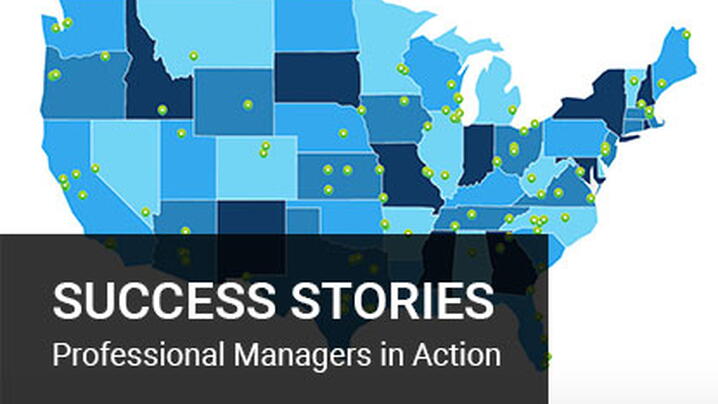For many communities, annexation can be a complex and daunting undertaking. The case of Fry Townsite, however, is a reminder of the cost of inaction, including service vacuums for residents and unexpected challenges for neighboring municipalities.

At Life, Well Run we strive to showcase and celebrate the incredible work happening in local governments every day, all around the country under the direction of professional local government managers. One of the ways we do this is through highlighting Success Stories that not only share the details of a great initiative, but also…

Last month I had the privilege of attending Denver Peak Academy’s Black Belt training. The City of Goodyear is aggressively pursuing a culture of innovation and continuous improvement, and I was sent to the training to become an additional in-house resource for our organization. The week was fantastic and packed with learning. We discussed the…

Whoa-oa-oa! I feeeel good! I often find myself silently singing to these lyrics from James Brown’s “I Got You (I Feel Good),” when I wake up every morning feeling alive, excited, and full of energy. Every day I get to change and save the lives of the people in my city. No, I’m no super…

Council-manager communities dominate awards, which recognize civic engagement strategies that help low-income children. Fifteen communities or community partners from across the United States were honored on June 16 with the 2017 All-America City Award (AAC) for their civic engagement efforts designed to help young children from low-income families achieve grade-level reading proficiency and early school success.…

“Everyone else is doing it!!” The world of social media is probably one of the few places where this may be considered a reasonable justification to join in. Across a landscape of constantly evolving platforms and attention-grabbing gimmicks it’s easy to feel like you need to login first, ask questions later. And in some cases…

Congratulations! You’ve made it through another school year. Take a deep breath and relax. Then kick back and enjoy that three-month vacation. Just kidding! I know that much of a teacher’s summer is filled with new curriculum to learn, new assessments and programs, new lessons, professional development and planning. When it’s time to focus on…

Results from select ICMA surveys are available for purchase by researchers and others interested in local government programs and practices.

Professional management and the council-manager form of government make a difference in the communities in which they are used.
